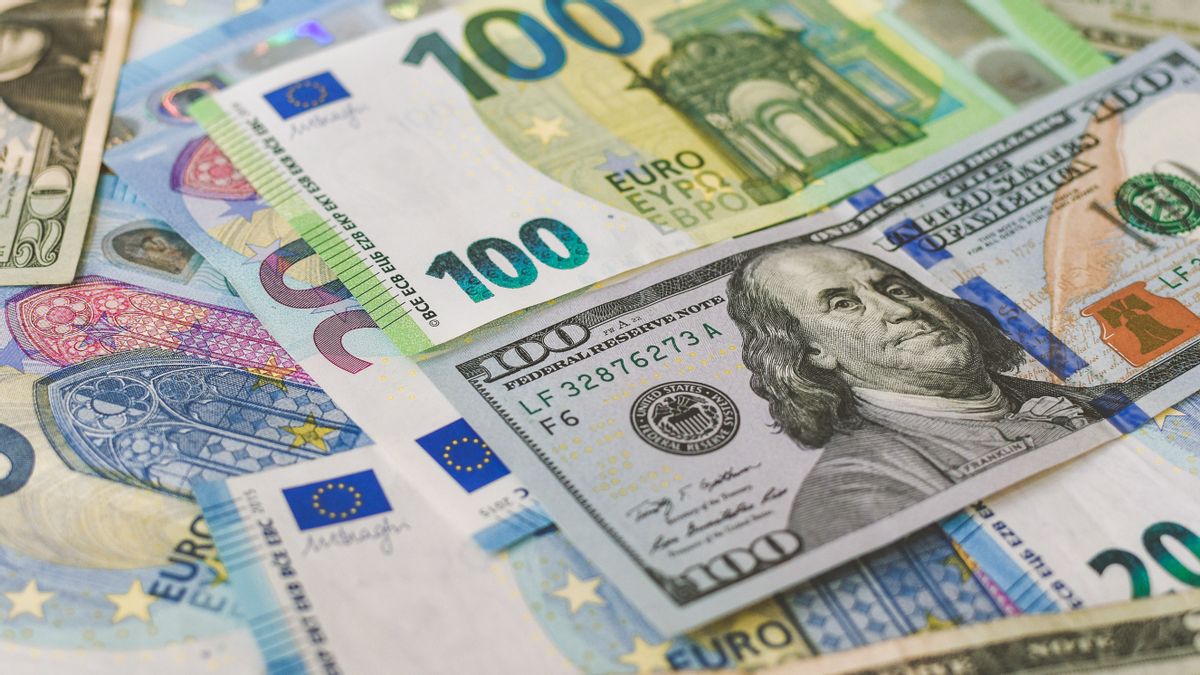
YOGYAKARTA - Behind the issue of redenomination that is widely circulated in Indonesian society, it must be noted that there are countries that have succeeded in redenominating. The success of redenomination brings economic conditions and inflation is getting better.
It is worth investigating, in general redenomination is the simplification of the currency by cutting the 0 behind. For example, the Rp100,000 to Rp100. The cuts are done but the badminton remains the same.
In Indonesia, the issue of redenomination has emerged recently. Meanwhile, in other parts of the world, a number of countries have even been doing so for a long time. With the redenomination, a number of these countries managed to stabilize inflation and the value of their currencies.
Did you know that Ukraine had redenominated in 1996. This step was taken because of hyperinflation that occurred in the early 1990s due to the outbreak of the Soviet Union.
The Ukrainian government at that time changed the currency of Ukaraina carbovanets to hryvnias. The simplification was carried out even by simplifying the last 5 digits, so that 100,000 carbovantsiv was replaced with 1 hryvina.
Redenomination was applied both for carbovanets and hryvnias during the transition period from September 2-16, 1996. As a result, 97% of the carbovanets currency was withdrawn. Then after September 16, 1996, carbovanets that are still circulating in the market can be exchanged for hryvnias through banks.
Redenomination was taken by the Turkish government on January 1, 2005. This step was taken because Lira's exchange rate, then TL (Turkey currency) against the US dollar, was very low. Prior to the policy of redenominating the TL exchange rate against the US dollar of around 1.32 million.
The TL currency is converted into a new Lira with YTL code. The conversion of old money to new money is done by eliminating 6 zeros. The conversion rate is 1 YTL for 1,000,000 TL.
The Turkish government is very careful when doing redemonination. Even the process is going on for a long time. They must also pay attention to domestic economic stability. Turkey itself did it gradually and intentionally held at the beginning of the year so that state and company bookkeeping is easier to do by adjusting the new currency.
As a result, Turkey at that time managed to stabilize prices so that the threat of a spike in inflation could be eased. Turkish inflation from 2005 to 2009 was also stable at 8-9 percent.
Redenomination was taken by the Romanian Government in 2005 to deal with the high inflation of tofuhn in the 1990s. The move also marks the end of Romania's economic transition from an economy planned under communism to a free market economy.
At that time Romania changed Lei's currency with the code ROL to Leu with the code RON. The cuts apply to the 4 digits behind. That way, the old 10,000 Leis became 1 new Leu.
The government also enforces both currencies simultaneously. Shops are required to display product prices with two types of currencies. The rule is valid until December 31, 2006. After that Lei's currency was long withdrawn from circulation. The public can also exchange the old Lei with the new Leu through the bank.
Romania's redenomination was apparently able to make Leu's currency value stable in 2002. The event is remembered as a symbol of increasing Romania's economic stability at that time.
Those are some countries that have successfully redenominated and succeeded in stabilizing their economy. To get other interesting information, visit VOI.ID.
The English, Chinese, Japanese, Arabic, and French versions are automatically generated by the AI. So there may still be inaccuracies in translating, please always see Indonesian as our main language. (system supported by DigitalSiber.id)







